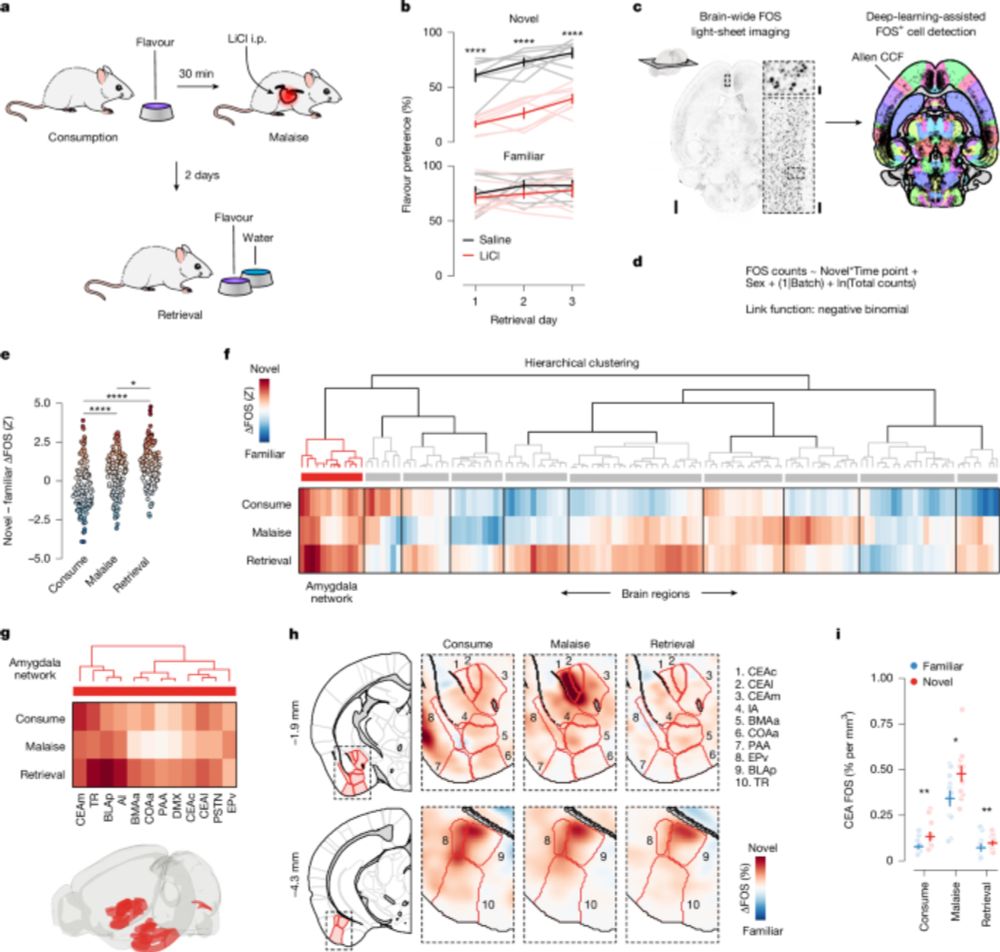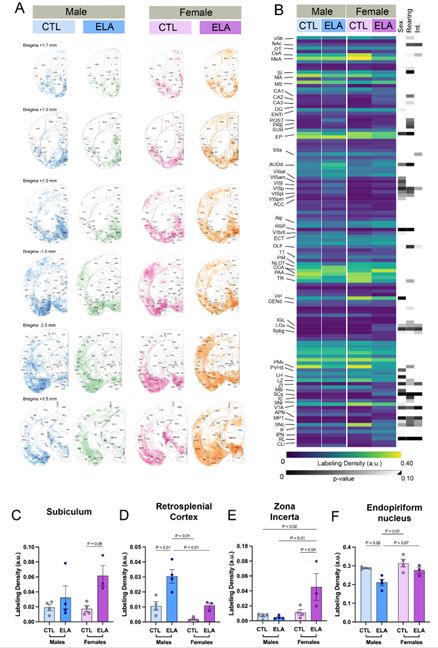doi.org/10.1101/2025...
doi.org/10.1101/2025...
Read more: www.bi.mpg.de/news/2025-08...
Scientific publication: www.nature.com/articles/s41...

Read more: www.bi.mpg.de/news/2025-08...
Scientific publication: www.nature.com/articles/s41...



Our answer in @nature.com this week: Illness signals from the gut reactivate and strengthen flavor representations in the amygdala.
📄: nature.com/articles/s41...

Our answer in @nature.com this week: Illness signals from the gut reactivate and strengthen flavor representations in the amygdala.
📄: nature.com/articles/s41...
@uniregensburg.bsky.social @stanford.edu
Art @somedonkey.bsky.social

@uniregensburg.bsky.social @stanford.edu
Art @somedonkey.bsky.social
www.nature.com/articles/s41...

www.nature.com/articles/s41...
www.nature.com/articles/s41...

www.nature.com/articles/s41...






